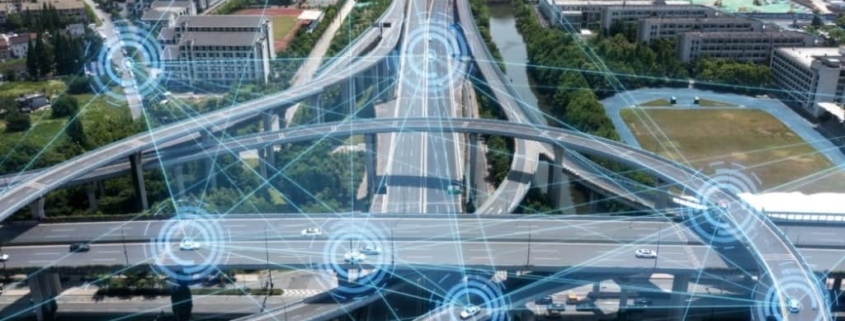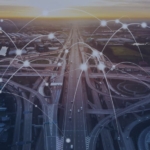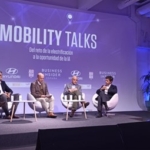DGT 3.0: The future is here
The Directorate General of Traffic continues to carry out its large DGT 3.0 project, which will facilitate interconnection in real time with all actors on the road. Thanks to this innovative platform, it is possible to instantly find out the up-to-date situation of Spanish roads
The DGT 3.0 platform makes it possible to receive information on all drivers on the road and therefore check information, verify it and send it out to all corners of the country once it has been confirmed. The means used for transmission are informative panels, navigation systems and the mobile phones of drivers via apps.
In the last year, two technological devices have become part of Spanish road safety and reinforce the vision and mission of the DGT 3.0 platform: V16 beacons and connected cones. Both send an alert to traffic once they have been turned on in order to do their job. As for beacons, such as the PF Led ONE V16, the main function is to show that a vehicle is stopped on the road and warn other drivers of the risk. Whereas connected cones, as is the case of the PF CONE, are used to signal maintenance roadworks or signal sporting events.
The future of safe and interconnected mobility has arrived in Spain, which has shown itself to be a pioneering country in the European Union in officially implementing this new technology in the field of road safety.
How are data collected?
The data with which the platform will carry the project out will mostly come from mobility applications that drivers must start to use in order to be able to create an intelligent ecosystem. The aim of this measure is to avoid accidents and considerably reduce the number of traffic jams.
The mobility app is one of the DGT strategies to get closer to citizens and make it possible for them to share relevant data in order to predict traffic flows and save lives at risk. Once the DGT has the data verified, it shares the information homogeneously to the whole Spanish community.
The data that reach the DGT 3.0 platform are anonymous
Jorge Ordas, deputy director-general of Mobility and Technology Management of the DGT, confirmed that the data received by the DGT 3.0 platform will be anonymous and not include any kind of personal data. The data that reach the DGT will be anonymous and used to improve traffic flow and provide better roadside assistance.
In order for this project to carried out on a larger scale, the traffic authorities encourage other mobility actors to join the project, whether these are town councils, fleet managers or others. This means that a more complete ecosystem will be formed with more data which will undoubtedly improve Spanish road safety.
The DGT currently has 7,000 data collection devices, including cameras and weather sensors. These are all distributed over 13,000 kilometres, accounting for a small percentage of the 165,000 kilometres that make up the Spanish road network. The aim of this project is to receive information from all roads, and this is why it is extremely important that all actors are involved.



